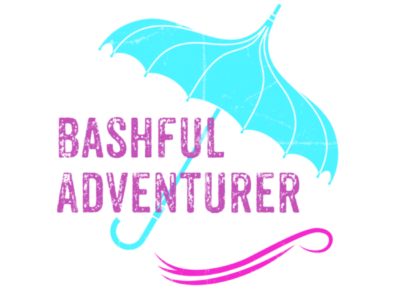Sitting on the patio of the golf clubhouse at the Rosen Shingle Creek Hotel in Orlando and watching the pastel-clad golfers, their carts, and the sand traps, Florida’s dark history seems remote, a dream. Brutal Spanish explorers, Protestants killing Catholics, everyone killing Indians, and slavery all make up Florida’s violent past. I was drawn to a short history of the region contained in Tony Horwitz’s A Voyage Long and Strange, which provides a distinctly different history about the discovery and settlement of the New World than many school children educated in the United States learned. Hernando de Soto of Spain was a freelancer of his time, more formally known as a conquistador, someone given permission to conquer new territory on spec. He and his armada got to Florida in 1539 and quickly started enslaving and killing the indigenous people. 
It was so much easier just thinking that the Pilgrims went to Massachusetts to escape religious persecution. In the education of some, those Pilgrims practically had a right to be there. But the Spanish and the French had gotten to Florida quite a few years before the Pilgrims set foot on Plymouth Rock in 1620. In the 1560s, the French Huguenots, Protestants escaping a Catholic nation, arrived in Florida and soon began mistreating indigenous people and engaging in a little recreational piracy. They met their own grim fates before Spanish Catholics, who were as brutal with their fellow Europeans as they had been with the Indians. A number more decades of strife would take place before Florida eventually attained statehood in 1845.
~Advertisement~
~Advertisement~
Sipping an iced tea, looking over the manicured grounds of the Rosen Shingle Creek, and appreciating how so very much about Orlando is completely planned and intended to give pleasure, if for a very good price, I can’t even sight an alligator in any of the water hazards on the golf course. My interest in the history of Florida has been piqued, as I seek to learn how Florida went from Spanish and French hands to British ones, then back to Spain, before becoming the 27th state. On my recent visit, I don’t see any apparent indigenous people. I don’t seem to meet any long-time Floridians at all. The hospitality industry seems to bring people from elsewhere, which just makes me wonder more, where have all of the descendants gone?
Some early settlers had difficulties, as surely I would have, providing for themselves in the wilderness of this new place. Farming and fishing were not necessarily their talents. What went on here? How did early settlements yield the strange, level-headed, tourist beast that is Orlando? How was this territory tamed by conquistadors, warmongering, a law-of-the-jungle sort of existence—eat or be eaten, kill or be killed? I’ll wonder about that this Thursday as I ponder the first thanksgiving in what became the mainland United States. It didn’t occur in Plymouth but in St. Augustine, northeast of Orlando, where the Spanish were likely to have eaten salt pork, garbanzo beans, and garlic.
© Lori Tripoli
~Advertisement~
~Advertisement~
Seeking to learn more about U.S. history while traveling? You might like these posts:
- New York City: Make Time for the Tenement Museum
- New England History for Truth-Seeking Tourists
- Arlington Strong
- The Key West Wife
- Remembering the Maine Far from Havana




It’s been a few years since I’ve visited St. Augustine. I hope to get there in the not-too-distant future. Beautiful city.
-Lori Tripoli
http://www.bashfuladventurer.com